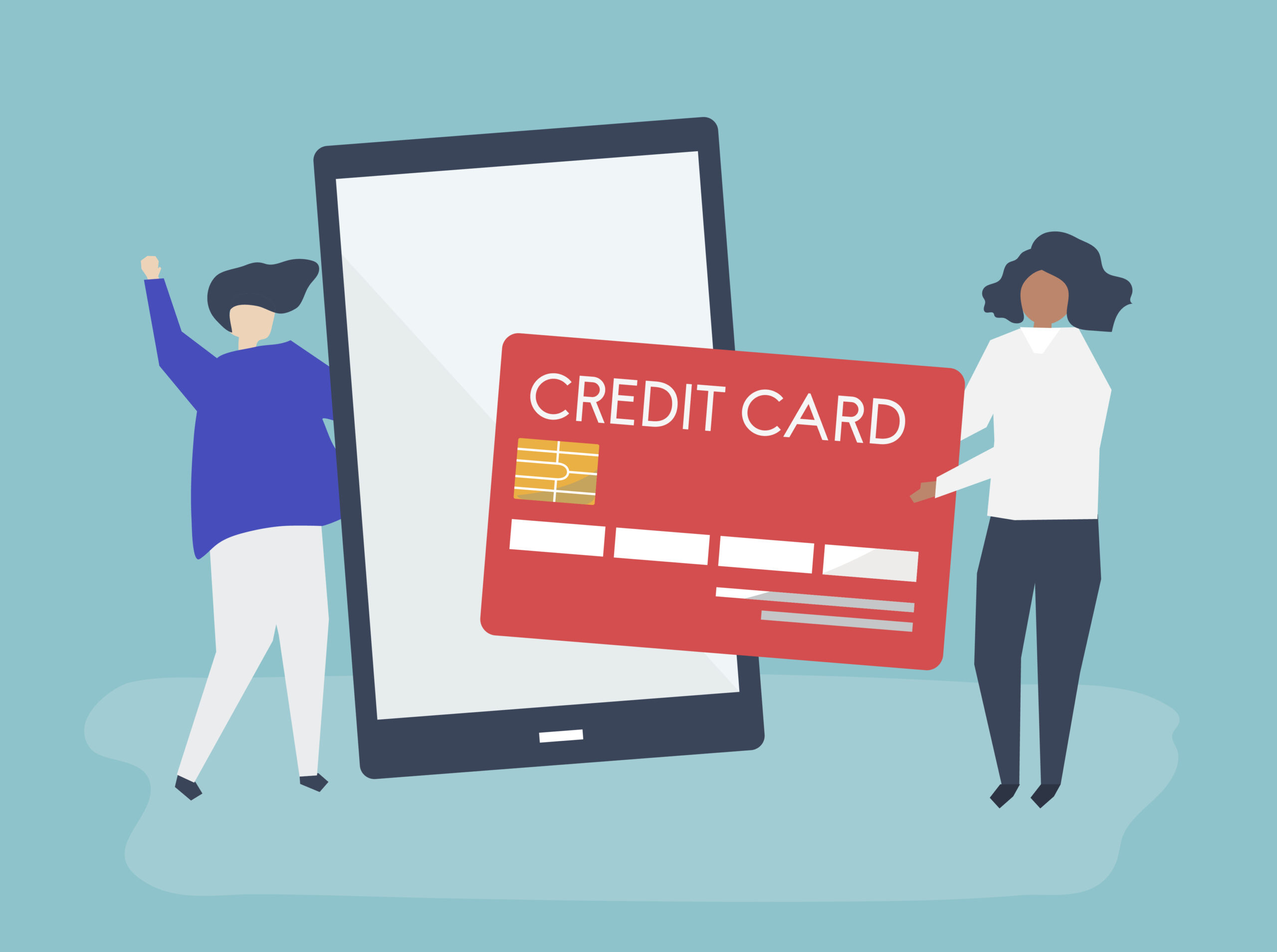
How to Find the Lowest Interest Rate Credit Cards Today
Finding the lowest interest rate credit cards can significantly impact your financial health. By minimizing the amount of interest you pay on your credit card balances, you can save money and reduce the time it takes to pay off your debt. This guide will help you understand what to look for in a low-interest rate credit card and how to find the best options available today.
Understanding Credit Card Interest Rates
Credit card interest rates, also known as annual percentage rates (APRs), can vary widely between different cards and issuers. The APR determines how much interest you’ll pay on any outstanding balances if you don’t pay off your full balance each month. Here are the main types of APRs you should be aware of:
- Purchase APR: This is the interest rate applied to purchases made with the credit card.
- Balance Transfer APR: This rate applies to balances transferred from another credit card.
- Cash Advance APR: This is typically higher than the purchase APR and applies to cash withdrawals from your credit card.
- Penalty APR: This is a higher interest rate that may be applied if you make late payments or violate other terms of the credit card agreement.
Why Low-Interest Rates Matter
Low-interest rates are crucial for anyone who carries a balance on their credit card from month to month. High-interest rates can quickly add up, making it harder to pay off the principal balance. By choosing a credit card with a lower interest rate, you can save money on interest charges, allowing you to pay down your debt more quickly and effectively.
Factors That Affect Your Interest Rate
Several factors can influence the interest rate you are offered on a credit card:
- Credit Score: Your credit score is one of the most significant factors. Higher credit scores typically qualify for lower interest rates.
- Credit History: A long history of responsible credit use can help you secure a lower rate.
- Income and Debt Levels: Lenders will consider your income and existing debt to determine your creditworthiness.
- Market Conditions: Overall economic conditions can affect interest rates. In times of low economic growth, interest rates tend to be lower.
Steps to Find the Lowest Interest Rate Credit Cards
1. Check Your Credit Score
Your credit score plays a critical role in determining the interest rates you’re offered. Before applying for a new credit card, check your credit score. You can obtain your score from major credit bureaus like Experian, Equifax, and TransUnion. Knowing your credit score can help you understand which credit cards you might qualify for and what interest rates to expect.
2. Compare Different Credit Card Offers
Not all credit cards are created equal. Different cards come with varying APRs, fees, and rewards. Use comparison websites to look at the interest rates offered by different credit card issuers. Pay attention to:
- Introductory APR Offers: Some cards offer 0% APR for a limited time on purchases or balance transfers. These can be beneficial if you plan to make a large purchase or transfer a balance from a high-interest card.
- Standard APR: Look beyond introductory offers to understand the regular APR you’ll pay after the promotional period ends.
- Fees: Consider any annual fees, balance transfer fees, and other charges that may apply.
3. Understand the Terms and Conditions
Carefully read the terms and conditions of each credit card offer. Look for details about:
- Duration of Introductory Rates: Introductory 0% APR periods can last from six to 21 months. Ensure you know when the regular APR will kick in.
- Variable vs. Fixed APR: Some credit cards have variable APRs that can change based on market conditions, while others have fixed rates.
- Grace Periods: Check if the card offers a grace period on purchases, which allows you to avoid interest if you pay your balance in full each month.
4. Consider Your Spending Habits
Think about how you plan to use the credit card. If you often carry a balance, a card with a low ongoing APR is more beneficial than one with a great rewards program but a high-interest rate. Conversely, if you pay your balance in full each month, a card with rewards or cashback might be more valuable.
5. Look for Additional Perks
While the interest rate is crucial, consider other benefits that can add value to the card. These may include:
- Rewards Programs: Cashback, points, or miles can offer significant value if you use the card regularly and pay off the balance.
- Balance Transfer Options: Some cards offer favorable terms for transferring balances from higher-interest cards.
- Customer Service and Online Tools: Good customer service and user-friendly online account management tools can make your credit card experience better.
6. Apply for the Right Card
Once you’ve done your research and narrowed down your options, apply for the credit card that best fits your needs. Be prepared to provide personal information such as your income, employment status, and housing costs. Keep in mind that applying for multiple credit cards in a short period can negatively impact your credit score, so choose wisely.
7. Maintain Good Credit Practices
To keep your interest rates low and improve your chances of qualifying for better credit cards in the future, follow these good credit practices:
- Pay On Time: Always make your payments on or before the due date to avoid late fees and penalty APRs.
- Keep Balances Low: Try to keep your credit card balances below 30% of your credit limit to maintain a healthy credit utilization ratio.
- Regularly Review Your Credit Report: Check your credit report for errors or fraudulent activity that could affect your score.
Top Low-Interest Rate Credit Cards to Consider
Here are some of the top low-interest rate credit cards available today:
- Citi® Diamond Preferred® Card: Offers a long 0% intro APR on balance transfers and purchases, with a competitive regular APR afterward.
- U.S. Bank Visa® Platinum Card: Provides a lengthy 0% intro APR period for both purchases and balance transfers, followed by a low ongoing APR.
- Chase Freedom Unlimited®: While known for its rewards, it also offers a 0% intro APR on purchases and balance transfers for a set period.
- Discover it® Cash Back: Combines a 0% intro APR on purchases and balance transfers with a robust cashback program.
- Wells Fargo Reflect® Card: Features one of the longest 0% intro APR periods on purchases and qualifying balance transfers.
You can read : 10 Insider Tips to Get the Best Credit Card Deals Now!
Conclusion
Finding the lowest interest rate credit cards today requires careful research and consideration of your financial situation and spending habits. By understanding how interest rates work, checking your credit score, comparing different offers, and reading the terms and conditions, you can find a credit card that minimizes your interest costs and meets your needs. Additionally, maintaining good credit practices will help you keep your rates low and improve your financial health over time. Take advantage of the resources available to you and choose the credit card that best aligns with your financial goals.







Leave a Reply